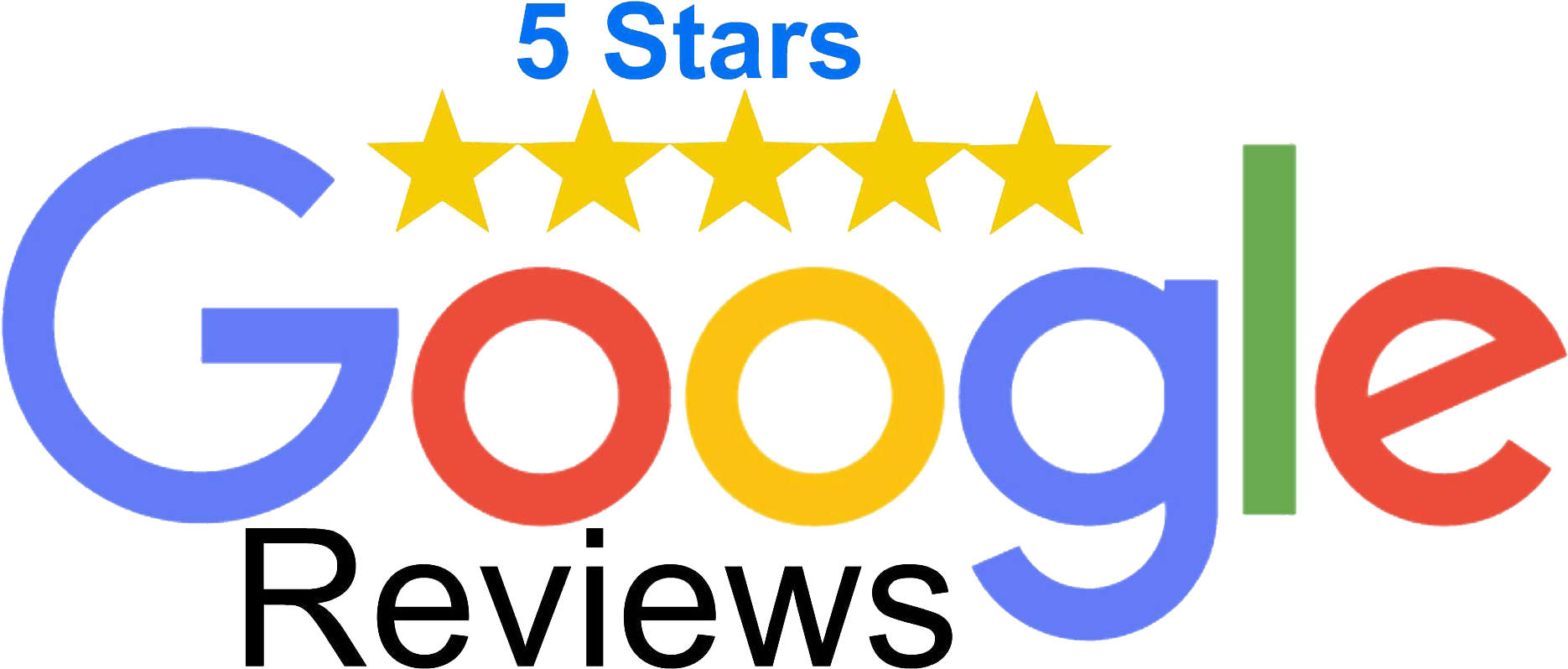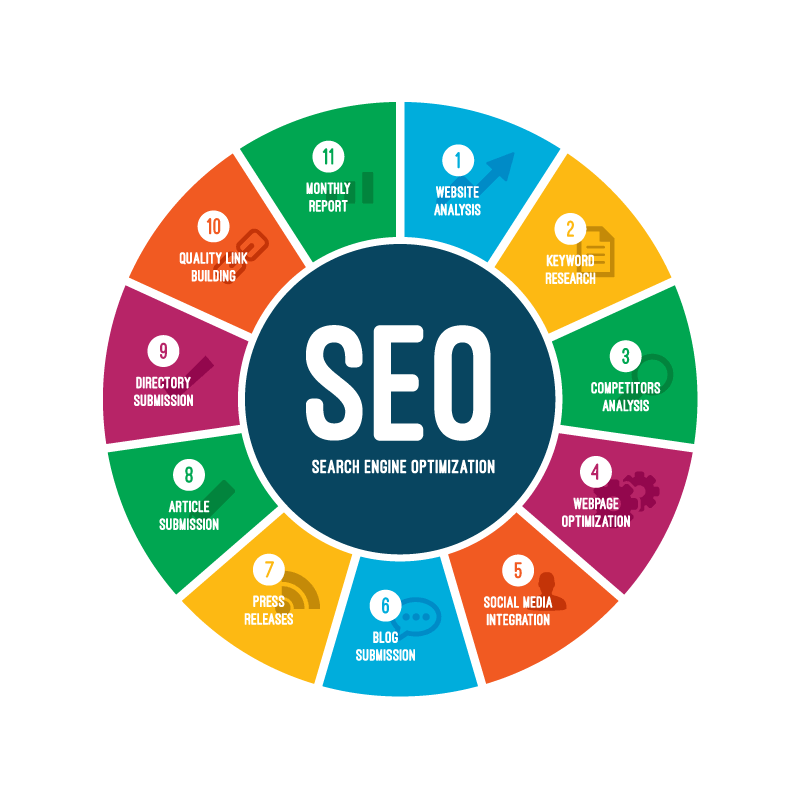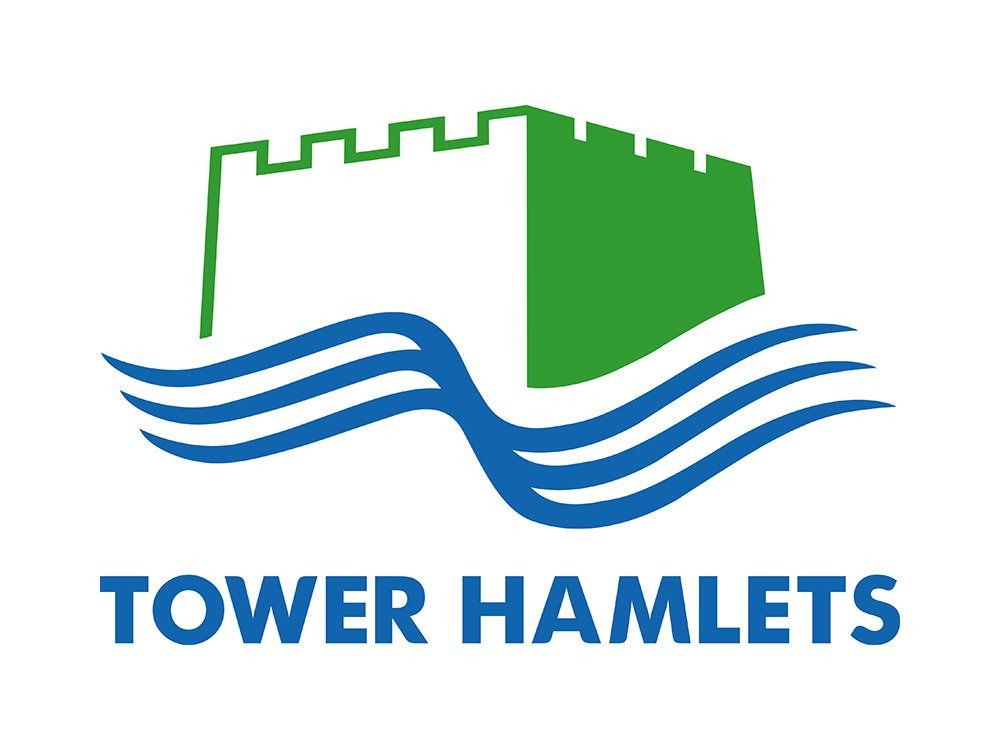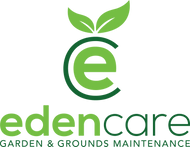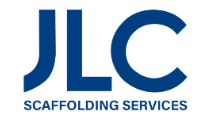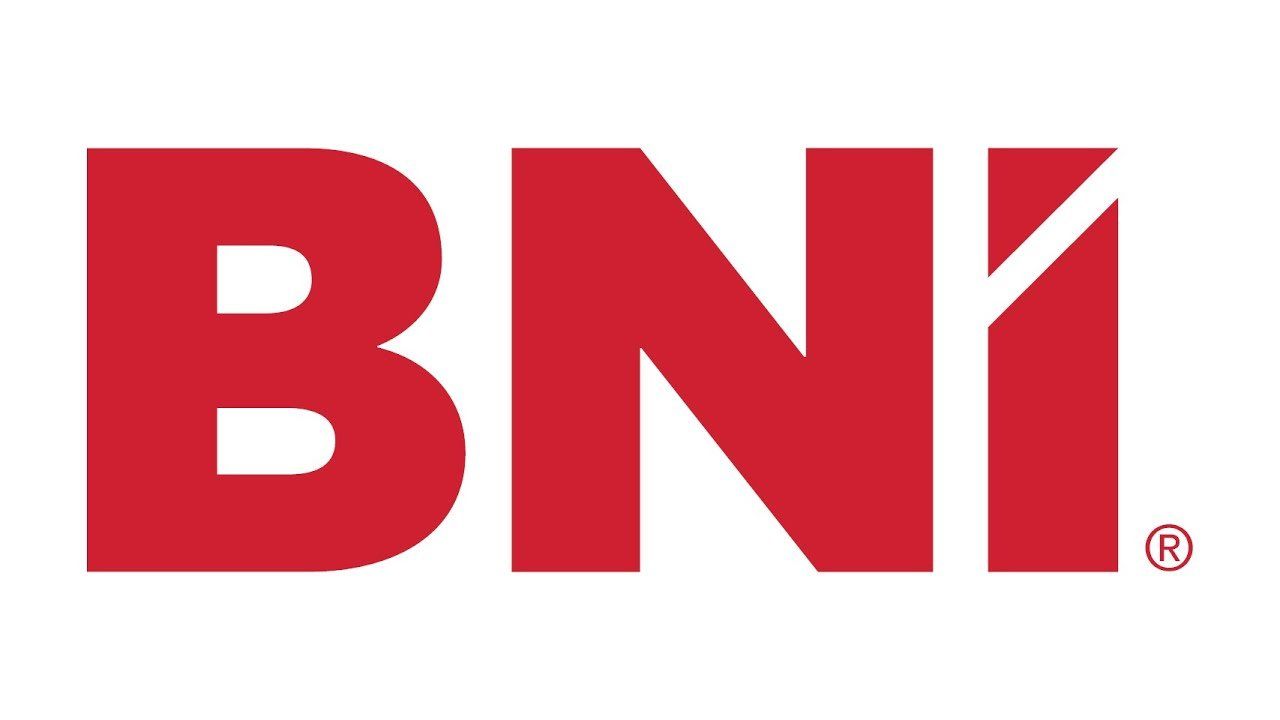
SEARCH ENGINE OPTIMISATION
VISIT US AT OUR SPITALFIELDS, LONDON OFFICE

We and our SEO Clients are listed 1st on the 1st page of Google, we'd love to do the same for you.
Search Engine Optimization (SEO) is the process of optimizing your website to get organic, un-paid, traffic from the search engine results page.
If you own a website or a business that operates online you’re now probably taking SEO seriously or are at least ready to learn how SEO works and how you can apply basic SEO principles to your website.
This guide will cover a no-nonsense, jargon-busting education lesson:
Table of Contents
- What is SEO?
- How Do Search Engines Work?
- How to do the SEO Basics?
- Common SEO Questions
- Final Takeaway
What is SEO?
SEO is the practice of optimizing your website and web pages to climb higher in Search Engine Results Pages (SERPs). The aim is to, not only increase traffic in quantity, but also in quality.
Ranking high in the SERPs enables businesses and brands to draw targeted traffic with a vested interest in their products and services. More targeted traffic means higher Click-Through Rates (CTRs). The increased exposure means you’ll get more attention from prospective customers.
You can even drive customers straight to specific pages on your website by offering detailed answers to the questions they are searching for. Applying basic SEO principles will allow you to drive targeted invited search traffic to;
- Your homepage
- Your product pages
- Your blog content
Why is SEO Important?
Firstly, we’ll take a look at why SEO is important for any business with an online presence.
Today almost 90% of consumers use search engines to research a new purchase. Search engines make it quick and easy for consumers to find the information they need very quickly.
Of those users, 75% will never look beyond the first page of a search engine and around 30% of all search engine traffic goes to the first organic result (i.e. the first result that is not a paid ad). A further 15% of traffic is drawn to the second and around 10% to the third.
We all take the path of least resistance, right?
Users search for the product/service/question they need answering, and the search engines spit back results to quickly and comprehensively answer their questions.
This is why the race to the top of Search Engines continues to grow.
It’s clear that a website will need to rank high within search results to engage with prospective customers. Your website won’t rank well if you don’t understand your customers. To be able to rank well in the SERPs, you must understand their wants, needs, and buying behaviour. Understanding your potential customers in granular detail raises the chances of reaching that first page!
Understanding Search Behaviours (Micro-Moments)
The key to attracting new customers is to be in the ‘right place at the right time’. To do this, you need to understand your customer’s Micro-Moments.
Micro-Moments are the intent-rich moments where a search engine user will instinctively reach for their devices.
If they want to learn something, buy something or go somewhere, it creates an opportunity to engage them with helpful and relevant content.
Common micro-moments include;
- “I want to go” moments
- “I want to do” moments
- “I want to buy” moments
Presenting users with high-quality and highly relevant landing pages can position you as the answer to users’ problems.
So, what do these micro-moments look like for your customers? If you’re new to SEO, one of the best ways to discover this is through keyword research. We discuss this later in this article under How To Do The SEO Basics.
Local, National, or International SEO?
SEO is like any other aspect of marketing. It needs a strategic and proactive approach that’s tailored to the needs of your market. As such, your approach will be slightly different depending on whether you’re trying to target local, national or international prospects. Let’s take a brief look at how the game is slightly different, depending on your target market.
Local SEO
Almost 50% of Google searches are for local businesses. If you run a cafe, restaurant, or boutique high street shop, you’ll need to adopt a localised approach to SEO.
One of the most effective things you can do to improve your local SEO strategy is also the simplest. Simply make sure that your business’ NAP data (Name, Address, and Phone Number) is kept up to date in your Google My Business page as well as any local directories where your business may be listed.
Local SEO is very relevant for mobile phone users. Over 80% of smartphone users carry out “near me” searches. If you run a local cafe, you’ll want to rank in local “coffee shop near me” searches. If your NAP data isn’t up to date, however, local prospects may not find you, or may be annoyed when you’re not at the location where they expect to find you.
Local directories are also important for SEO. It’s vital that your business is listed on as many as possible if you hope to gain prominence in your local market. This is yet another reason why it’s so essential to keep NAP data up to date.
Inconsistencies in names, addresses, or phone numbers between directories can not only harm your local search rankings but can also create frustration and confusion for prospects.
Link building is also an essential part of local SEO. Search engines will rank you higher when trusted, high-authority local domains like local government bodies, local newspapers, or successful local businesses link to your website. It does a great deal to lend your business and website legitimacy in the “eyes” of search engines. We’ll talk more about link building later.
National SEO
Many SMEs will want to use SEO to try and conquer their local market. However, there are some that are aiming for a national reach. If you expect to achieve national SEO dominance, you need to be able to demonstrate to search engines that you’re among the most trusted businesses in the country.
Great SEO comes with time.
Unfortunately, there are no quick fixes when it comes to SEO at a national level. It’s simply a case of consistently adhering to best-practice and keeping a close eye on the basics. Don’t worry, we’ll explain those basics in much greater detail later!
International SEO
Achieving SEO dominance in another country is challenging. Especially if that country has a native language that is not your own. Our first step is to ensure that you localise content for international languages. This is about more than translating it into the language of your intended location. It means using geotargeting with international-friendly URLs.
Geotargeting is a paid practice that delivers content and information based on the current location of the user.
International-friendly URLs include short, easy-to-remember URLs that include the country code in the top-level domain, subdomain, or subdirectory.
You may also choose to ‘label’ the language used on a particular site if there are multiple. For this, you can use the “content-language” meta tag in your HTML. Our web development team will be able to help with this.
As with local link building, you’ll need to find and reach out to high authority sources in your chosen country to improve your international rankings. You should also install welcoming prompts to redirect users from your .com website to their country’s equivalent.
Whichever is best for your business, you’ll need to gain an understanding of how search engines operate if you’re to climb organically in rankings.
Let’s take a closer look into the inner workings of search engines…
How Do Search Engines Work?
The better you understand search engines, the easier it is to generate an approach to SEO that appeals to their priorities. Not only this, but you also need to provide value to new prospects and existing customers alike.
Search engines don’t search the whole internet in real-time. If they did, SERPs would take forever to appear on your screen, where it currently takes only a fraction of a second!
When users perform an online search, they’re searching through information that has already been logged and indexed by search engines. This is why they’re able to respond to queries so quickly.
In order to retrieve results so quickly, search engines use a system of crawling and indexing. This enables them to draw from the ever-expanding network of information that is the internet.
Spiders and Crawling
The World Wide Web is easier to understand if we think of it as a giant spider web. Each of the billions of websites around the world is connected by hyperlinks, which are the delicate strands in our spider’s web.
Search engines use programs called spiders or crawlers in order to ensure that they draw from the entire internet to respond to search queries.
These spiders and crawlers are constantly moving throughout the internet, moving through links to view every single page in a website before moving on to the next. Before it leaves a website it logs all the data that might later prove relevant to searches.
It’s important to remember – Spiders can’t jump, at least not in this context
As spiders crawl a web, they can only get to the next page by following the links. If a link is broken they cannot jump. If a page isn’t linked to elsewhere in your site, the search engine won’t know it exists because it can’t follow a hyperlink to the page.
This is why we are always be on the lookout for broken links when making changes to your website architecture. Not only do they make it impossible for crawlers to access your page, their presence indicates that your website might be poorly maintained. And this may count as a red flag against your website in terms of rankings.
Search Indexing
So, the spiders have crawled your website and have logged the data that may prove to be useful in search. The data is then logged by crawlers, and indexed. This means that the data is added to an enormous database called a Search Index.
Much like an index at the back of a textbook, when users carry out a search, the results that appear in SERPs are drawn from the Search Index rather than the internet itself.
The data collected within the Search Index will play a huge part in ensuring that the content displayed in the SERPs is relevant to the query. This is why SEO basics like keywords are so important. Keywords help a search engine identify the context of the article so that it understands the relevance of the content against a search query.
Mobile Indexing
It’s absolutely essential that you ensure your web design is responsive. This means that it looks good and handles well on a mobile device as well as a desktop computer.
Why?
Search engines put major emphasis on the quality of the mobile version of a website. So much so, that Google has recently announced a switch to mobile-first indexing for existing websites as well as new websites. If your pages don’t have a mobile version to index by then, you could miss out on an opportunity to climb in SERP rankings.
However, you can’t just create a mobile-friendly website and hope this rakes in the visitors! You need to be fully optimising all versions of the website. Check out these best practices suggested by Google:
- Keep the content on the mobile site the same as the desktop version
- Put the same meta title and meta description for both versions
- Ensure images are correctly formatted
- Check that your ads aren’t contributing to a bad user experience
Ranking
When you perform an online search, millions of listings are generated. A ranking algorithm is deployed to present users with what it thinks are the most relevant pages.
The crawl takes into account keywords in the search query, the sequence of the words in the search query, and increasingly the context of the search terms used.
For example, if you do a search for “Best quality duvet” and the search engine finds a great quality, highly trustworthy page entitled “Best quality comforter” this may also be shown in your SERP.
Websites consider more than what’s just on the page. They’ll also consider how many other sources are linking to the page, as well. The more sites link to a page, the more trustworthy the algorithm considers the content on that page to be.
We often hear of businesses getting obsessive over their rankings. But, remember the original goal of appearing on page 1: to not only increase traffic in quantity, but also in quality.
Bear in mind that you may be ranking well for the UK keyword, but may miss out on the US searches. This is why it’s important to look past overall rankings and monitor the changes in traffic as and when SEO updates are made.
Search Engines Always Evolve
The internet, along with search engines, is always changing in order to provide a better service for their users. Because webmasters are always trying to exploit search algorithms, they must keep making constant changes to ensure that users experience good quality, trustworthy results in SERPs.
Indeed, search engines are changing at such an incredible rate that businesses can drive themselves to distraction trying to pre-empt how these changes will affect their SEO strategies and try to get ahead of the curve. As search engines make greater use of AI and Machine Learning it can be very difficult to keep up with the trivial details of how they work.
Rather than lie awake at night wondering about how you’re going to keep up with the changing nature of search engines, think about the following.
Search Engines Focus on Quality
It’s important to remember the big picture. Search engines are always evolving to provide better quality, highly relevant results to users.
Simply ensure that your content is of consistently high quality and stay on top of the basics. This is a far more sustainable long term strategy than making sweeping changes to your website every time Google announces a new algorithm.
To benefit from SEO, you need quality content with quality links. Everything else can be optimised by simply knowing the basics.
Which brings us very neatly to…
How to do the SEO Basics?
Using a combination of paid ads and organic strategies, agencies can draw more traffic to your site, keep a steady flow of new content coming in, fix technical problems that might prove SEO red flags and generally improve your chances of being recognised by search engines.
White Hat vs Black Hat
You’ve likely already heard terms like White Hat and Black Hat SEO used.
Mastering SEO is like being a Jedi Knight in Star Wars. Just like the force, there’s a light side and a dark side to SEO. Those looking to get ahead quickly may throw their honesty to the wind if it gets them fast and easy results. As such, they may resort to some dirty tricks in an attempt to game Google’s ranking algorithms. This is called Black Hat SEO.
There are many issues with this, not only that the quick gains you get are pale in comparison to the penalties. As Neil Patel explains here, Black Hat SEO can actually get your website banned from Google.
- Some examples of Black Hat SEO which you should absolutely never use include;
- Keyword stuffing (overusing keywords in ways that make your content illegible).
- Using invisible text that’s the same colour as the background for keyword stuffing.
- Content spinning (copying and pasting content from other websites).
- Linking to sites with irrelevant or poor quality content.
- Cloaked redirects that take users to another site or page.
Instead, we focus on the following best practice or White Hat SEO techniques. It might take a little longer to see the results, but they’ll be much more sustainable and ensure that your website consistently ranks well on SERPs.
Keyword Research
Keywords are one of the most powerful tools in your SEO arsenal. They ensure that your content gets noticed by the right people at the right time by signposting the relevance to search terms. They also ensure that search engines continue to provide their users with high-quality and relevant results.
Knowing the right keywords to use at the right time can help you to engage your audience. In order to do this effectively, however, you’ll need to carry out a little keyword research:
The first stage of keyword research is trying to understand the mentality of the prospects who are trying to find your products or content. As we’ve already mentioned, the better you know your customers, the easier this will be. Try to think about the kind of language that they’re likely to use in their searches and target these as keywords.
Next, come up with some relevant search terms that you’d like to rank for. The best way to do this is to list 5-10 categories (known as topic buckets) and fill each with a range of keywords. Try to use a combination of short tail (one word) and long tail (phrases) keywords. For instance “boots” is a short tail keyword while “best boots for hiking” is a long tail keyword.
Keyword research should also include looking at how well your competitors rank for the keywords you’ve chosen. Highly relevant yet low-competition keywords are more likely to get your brand noticed.
On-Site SEO
The content on the page counts for a goodly portion of your search engine rankings. Every time you write a product page, landing page, or blog post you have the potential to improve your SEO. Let’s take a look at some of the on-site improvements you can make to your content and how they influence your search engine rankings.
Optimise Your Content
When content is highly relevant and valuable to the reader it’s much more likely to encourage reading in full, repeat consumption, social sharing and even virality.
Even Neil Patel- one of the world’s foremost authorities on SEO- is a firm believer in the power of putting readers first.
Adding Fresh Content
Search engines like expansive websites that are constantly updated with new content.
Why?
Because these are the websites that add value for users. They give users more relevant, high-quality content to enjoy. Hence, they keep coming back.
When you add new pages and posts to your website, you also create more hyperlinks to encourage users to move around more within your website. This is another signal to search engines that you have a high-quality, trustworthy site.
Sites with poor quality content tend to have low time-on page statistics and high bounce rates. The more time users spend on your website, the more likely it is to win the approval of search engines.
What is SEO and is SEO important in 2022?
SEO stands for Search Engine Optimization and is the practice of optimizing your website to climb up the rankings in search engine results pages (SERPs). SEO ultimately makes a website quicker, offering a great user experience.
What are the types of SEO
There are three types of SEO, on-page, off-page and technical SEO. On Page SEO is everything you can do to optimise the front end of your website. Off Page SEO is the process of optimizing your website externally. Technical SEO is optimising the backend of your website for crawling and indexing by search engines.
Who needs SEO?
Well, if you have a website and it’s a key driver for leads and conversions, then you do. SEO helps you stay ahead of your competitors, build your brand, get more traffic and attract more customers whilst sitting in the SERPs for free.
When should I use SEO?
SEO should be used when you want to get to the top of the search results for a particular keyword. However, there aren’t any quick wins. SEO takes time and you should be returning to your efforts every few months to check what’s working and if a page can be further optimized.
Final Takeaway
ORGANIC SEARCH RESULTS - These are the sites that google returns as the results from your inserted search term. This process is based on over 200 factors that the search engine will assess almost instantly. The better your google ranking the more visible you will be. Top results can be found just below the paid ads and are globally more trusted by potential customers as well as being long term cheaper than paid ads as you are investing in your business for long term financial gains.
SEO PACKAGES - Talking to you and finding out as much as we can helps us establish the best way forward for your SEO. We will carry out research into the keywords that most strongly relate to your area or business, and the search terms customers already use, and then target either a local, national or international customer base.
Perfect for anyone who is just starting out & wants an eloquent designed website, , mobile friendly including Google Maps
Perfect for any business who wants an online bespoke website that is elegantly designed, Google My Business Listings but not Search Engine Optimised. As well as the website being fully mobile and tablet responsive.
Some Of Our Happy Clients Testimonials

There was only one man for me - it was Pete and I still employ him to update my website for all my gigs, and my forth coming merchandise to be launched on the website.
I am always impressed with Pete’s skill, work, communication & commitment.
Quincy | International Stand Up Comedian and
Netflix Script Writer

Peter and his team didn't disappoint my high expectations, but exceeded them all, from the web design to the photography.
I would highly recommend Peter to any professional business.
Mark Hook | Managing Director
of Folio Legal Costs Ltd.

As the head of a fast moving, highly intensive and sensitive care home(s) business owner, Pete's work & energy has matched our needs perfectly especially during COVID-19.
As well as integrating our website into the NHS.


